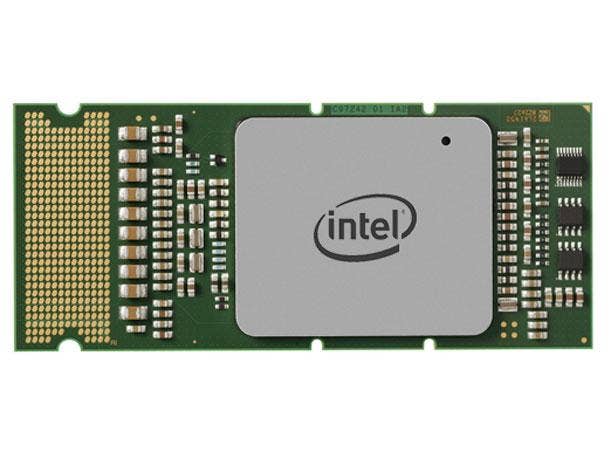Source: Intel 14nm CPU Shortage Tied To 10nm Delay

Intel's shortage of 14-nanometer CPUs for the second half of 2018 stems from higher-than-expected demand, but the company's delays to its next-generation 10-nanometer chips have also played a role, according to a source who was briefed by Intel earlier this summer.
In a presentation by Intel, the Santa Clara, Calif.-based company said the delay of Intel's 10nm CPUs to next year is a factor in the current CPU shortage because it has shifted demand back to 14nm products, according to the source.
The company also attributed the shortage to additional factory and assembly test capacity required for higher-end 14nm processors from the latest families of Core client and Xeon products that are seeing fast adoption from customers, said the source, who spoke on the condition of anonymity because the person wasn't authorized to speak publicly about the matter.
[Related: Partners: Intel CPU Shortage Delaying Shipments, Raising Prices]
Intel declined to comment on the information shared in the briefing, but interim CEO Bob Swan said in July that the "biggest challenge in the second half [of the year] will be meeting additional demand." A spokesperson told CRN that growing customer demand this year has fueled growth in every Intel business segment and raised its full-year 2018 revenue forecast by $4.5 billion since January.
"We will have supply to meet our announced, full-year revenue outlook and we’re working closely with our customers and factories to manage any additional upside," the spokesperson said.
In April, Brian Krzanich, Intel's CEO at the time before his resignation in June, said during the company's first-quarter earnings call that it was delaying mass manufacturing of its 10nm CPUs from the second half of 2018 to 2019 because of yield issues. The company later announced in August that its first 10nm products wouldn't come out in volume until holiday 2019.
Intel's current line of CPUs is based on the 14nm manufacturing node, which began in 2014 with Broadwell-based processors. Every CPU released since then, including eighth-generation Core products, has been 14nm, with the exception of Cannon Lake, a 10nm Core mobile processor that has been released in a limited-release laptop and a NUC this year. Intel started shifting to 14nm CPUs from the previous 22nm node in 2014.
At the heart of the nanometer issue is Intel's ability to build faster and more energy-efficient processors, which is made possible in part by shrinking the chip's transistor density. In the face of 10nm, the company has made other kinds of improvements in 14nm processors that has resulted in performance gains of more than 70 percent since 2014.
Jason Kimrey, Intel's U.S. channel chief, recently told CRN that partners should continue to have confidence in the company's ability to deliver products with a "consistent performance, price-performance benefit."